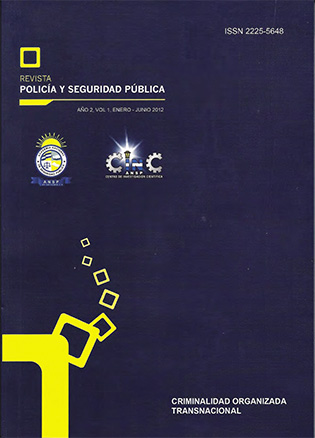The mexican criminal paradox: Police, violence and corruption
DOI:
https://doi.org/10.5377/rpsp.v1i2.1365Keywords:
paramilitarization, weak state, organized violence, corruption, paradox of criminal sanction, public policy, operative measuresAbstract
This paper describes the contextual conditions and organizational dimensions by which the Mexican criminal structures have evolved to become complex federations with a national base and extensive geographical presence. Also, it looks at the way organized crime has expanded from Mexico to more than forty countries on five continents. One issue of deep concern is the fact that Mexico has implemented only 46 percent of the measures contained in the Palermo Convention and 23 percent of those on the Merida Convention. Therefore, this highlights the degree of absence in Mexican public policy of the four types of measures listed in both operational and legal instruments concerning: coordination, combating and preventing corruption, international legal cooperation and social crime prevention. Resources and mechanisms have been successful in other countries such as Colombia and Italy where they have been implemented at more than 97 percent. The thesis presents the paradox of criminal punishment, in which to a larger deployment of police and state repression, criminal groups have responded with more corruption and violence, the strength of the latter is made possible by the fact that their assets lie untouched and hidden in the legal economy. Mexico has been the recipient of new criminal investments because of its heritage safe-haven conditions, a situation that has coincided with the phenomenon of paramilitarism, which given the social powerlessness of citizens, is increasingly a recourse to replace the state through private security providers.
Downloads
3979
Downloads
Published
How to Cite
Issue
Section
License
Copyright on any research article is transferred in full to Revista Policía y Seguridad Pública upon publication in the journal. The copyright transfer includes the right to reproduce and distribute the article in any form of reproduction (printing, electronic media or any other form).

